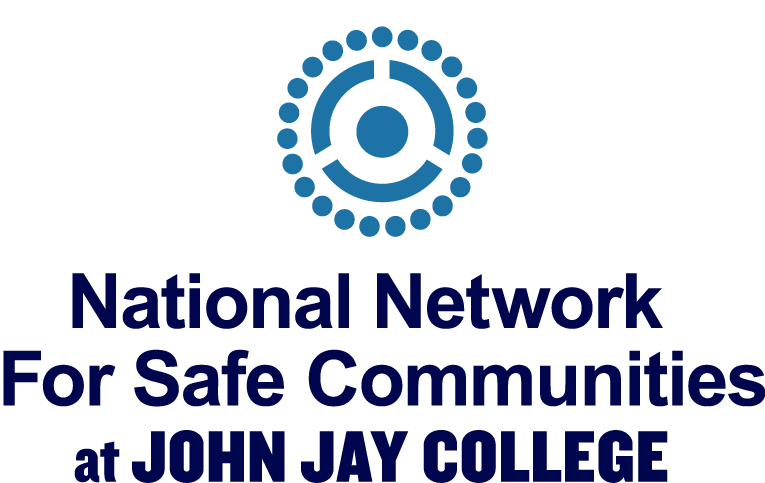Does your community need a Problem Analysis?
While violence is trending down nationally from the 2020 spikes, levels of violence are still high in many communities. Communities know the impact of violence, but the path to addressing it can be much harder to find. NNSC can help. NNSC’s Problem Analysis is designed to assess the “facts on the ground” – who and what are driving serious violence in your community.
In addition to identifying these key drivers of serious violence for adults and youth, as well as the broader dynamics of and relationships between types of serious violence, NNSC also recommend a path forward – which might include NNSC’s focused deterrence initiatives and options from the wider Community Violence Intervention field.
Cities, counties, and other jurisdictions in the US and around the world have implemented strategies that significantly decreased their violence based on the findings from NNSC’s Problem Analysis.
What is a Problem Analysis?
A Problem Analysis is a one- or two-day deep dive into local violence. A team of expert advisors at NNSC helps local partners design, prepare, and facilitate each Problem Analysis. The community prepares official incident data that NNSC uses to facilitate real-time discussions with frontline police personnel to help fill in the gaps.
This is customized for each community, but the key components of every NNSC Problem Analysis include:
- Group audit (for group violence): review of all active street groups, gangs, crews, etc. in a community, focused on those involved in serious violence
- Incident review: analysis of each homicide, nonfatal shooting, or other serious violence within a given time frame
- Context analysis: map of local criminal justice and community service agencies’ current response to serious violence, as well as local community dynamics
After analyzing the quantitative and qualitative data collected, NNSC presents these findings in a detailed report, along with concrete recommendations tailored to your community. These insights help your community clarify which violence prevention strategy is best suited to your needs.
If your community decides to have a full focused deterrence implementation with NNSC, the Problem Analysis allow NNSC to help customize the framework for success.
Why is a Problem Analysis so important?
A Problem Analysis is the critical first step in every effective violence prevention strategy.
Without a Problem Analysis, it can be difficult to have a full picture of violence dynamics in a community. Law enforcement agencies have access a wealth of information about past and present crimes, but the way it is captured is often more useful for prosecution than for prevention. Information on individuals driving the most serious violence sharing can be incomplete or inconsistent, intelligence can be scattered among frontline personnel and conversations can occur in silos within departments.
For example, since the average Special Victims detective is less familiar with group violence dynamics than the gang unit detective who is less familiar with intimate partner violence (IPV), law enforcement might not catch the nuances of a community member using group connections to abuse their partner —unless they are used to working together.
Fortunately, the NNSC Problem Analysis brings a broad coalition of frontline local partners together to get a clearer, fuller understanding of violence dynamics and potential connections between group violence, IPV, drug transactions, robberies, and more. Even better, this new practice of cross-collaboration and communication often outlast the Problem Analysis—many NNSC partners have shared that their interagency coordination and data sharing improved over the course of implementation.
Next steps
For more information about the Problem Analysis, specific NNSC focused deterrence strategies like the Group Violence Intervention or Intimate Partner Violence, or how to get started finding answers for violence problems in your community, please do not hesitate to reach out. We look forward to working with you.


